Director: Choi Dong-hun
Cast: Jeon Ji-hyeon, Lee Jung-Jae, Ha Jung-Woo, Cho Jin-Woong, Choi Duk-Moon, Oh Dal-Su, Heo Ji-Won, Lee Kyoung-Young, Kim Eui-Sung, Park Byung-Eun
Running Time: 139 min.
By Paul Bramhall
Director Choi Dong-hoon has built up an impressive resume since he burst onto the scene with the heist thriller The Big Swindle in 2003. With each successive movie, both the budget and the stakes have increased, with his last effort, 2013’s The Thieves, ticking all the boxes of what audiences want to see from a summer blockbuster. Assassination sees him return to the director’s chair once more to try his hand at something a little different, with a piece that revolves around espionage and spies set in 1930’s Japan occupied Korea and China.
Dong-hoon obviously clicked with a lot of the actors who worked with him on The Thieves, as a total of four key cast members return for similarly significant roles in his latest effort. Jeon Ji-hyeon takes the lead, in what can really be considered her first headlining role since 2009’s ill fated adaptation of Blood: The Last Vampire, with Lee Jeong-jae, Oh Dal-soo, and Kim Hae-sook all back on board as well. Rounding off an impressive cast are Ha Jeong-woo, Jo Jin-woong, and Choi Deok-moon.
The seven players I’ve named above though are just the tip of the iceberg, as Assassination throws a whole heap of characters into the mix, all with their own agendas and intentions, wrapped around a sprawling 140 minute runtime. Thankfully this isn’t the first time Dong-hoon has juggled so many elements at once, as demonstrated by The Thieves, which sported an identical run time and just as many characters entering in and out of proceedings. While under a lesser director Assassination could easily become an unruly mess, Dong-hoon shows an assured hand with his fifth movie, and keeps things moving along at a brisk pace.
Book marked by scenes which take place in 1949, the central story takes place in 1933. A trio of independence fighters (Ji-hyeon, Jin-woong, and Deok-moon) are brought together in Shanghai and given a mission to assassinate several high ranking Japanese officials, as well as a Korean who’s working for Japan, in Seoul. Little do they know though that the man who hired them, played by Jeong-jae, is in fact also working for the Japanese, who pays two guns for hire to take the trio out. The pair of hired guns, played by Jeong-woo and Dal-soo, believe they’re going to be killing Japanese sympathizers, setting the stage for double-crossings, revelations, and a healthy dose of action.
There’s been a streak of highly patriotic Korean movies of late, driven by the likes of The Admiral: Roaring Currents, which paint the Japanese as evil stereotypes devoid of any humanity. Assassination continues this theme, however it deserves points for making the decision to have many of the central villains actually be Koreans who’ve decided to work for the Japanese. It gives the movie a welcome layer of complexity, as the central trio are essentially going to kill their fellow countrymen, rather than a one dimensional Japanese villain who simply acts as a plot device to give a cheaply earned happy ending.
When I say welcome layer of complexity, it’s really because Assassination is first and foremost about delivering a series of high octane set pieces. Dong-hoon showed a considerable grasp of how to put together big budgeted action in The Thieves, and Assassination builds on the promise that was shown in his previous effort with a variety of entertaining sequences. Despite it’s lengthy run time, you’re never too far away from a shootout or vehicle chase. Ji-hyeon acquits herself especially well, often front and center in many of the action scenes. Whether it be running down a street while firing a machine gun, armed with a pistol while strapped into a wedding dress, or running across rooftops while wielding a sniper rifle, she conducts herself with aplomb, and is never anything less than convincing.
Indeed the action on display in Assassination sets a new bar for the quality of what we expect to see out of a Korean action flick. The many shootouts show a touch of John Woo, only without the slow motion, with surroundings being blown away and splintered by countless bullets, all with a satisfying absence of CGI. This can be appreciated the most in an extended action scene that takes place inside a grand wedding hall, which sends bullets and grenades in every direction, resulting in gratuitous amounts of collateral damage that will leave any action fan smiling. Ha Jeong-woo also gets to further develop his action persona after satisfying turns in Kundo: Age of the Rampant and The Berlin File (in which Ji-hyeon also starred), here getting to channel his inner Chow Yun Fat as he brandishes some double fisted pistol firepower.
Some viewers may draw comparisons to Kim Ji-woon’s The Good, The Bad, The Weird, in that the era and feel of both movies strike similar chords, utilizing their respective environments to allow for a series of impressive set pieces. Assassination even sees Dal-soo getting involved in a chase sequence that sees him behind the handlebars of a motorbike with an attached sidecar, a scene which will no doubt draw comparisons to the finale of Ji-woon’s western with Song Kang-ho riding an identical vehicle. However both movies stand up on their own, and if anything would make for a great double bill of Korean action.
If any criticism can be held against Assassination, it’s that the number of plot threads which are set up ultimately result in the movie lasting an additional 10 minutes beyond the point which seemed like its natural ending. While the closing minutes are by no means an after-thought, following on from the adrenalin rush of what’s come before, it’s a shame the threads couldn’t be resolved any earlier. However this is a minor gripe in what’s arguably one of the most satisfying action movies of 2015. The fact that it’s bolstered by a solid plot, which doesn’t just rely on going through the motions to get to the next big set piece, is a bonus.
Starring a sizable percentage of Korea’s top talents, high end production values, and a cast which gets to speak Korean, Mandarin, Japanese, and French, Assassination provides a rich history lesson that just happens to be told within the framework of bullets, explosions, and stunts. If only history was always this exciting.
Paul Bramhall’s Rating: 8.5/10


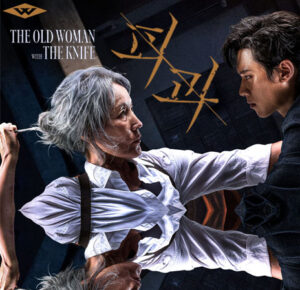

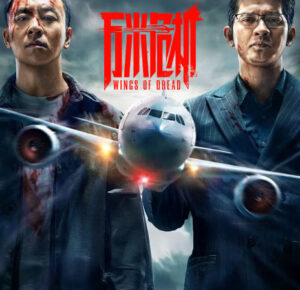
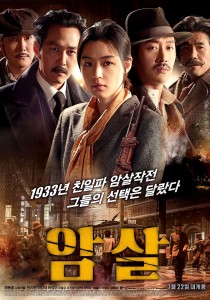
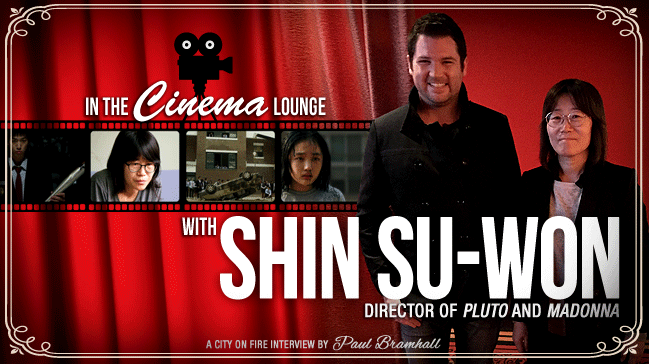 In a man’s world, director Shin Su-won has created a distinct voice for herself within the Korean film industry, and by all accounts her latest movie, Madonna, should further establish her name as a considerable talent on a global level. Madonna was chosen to premiere in Australia as part of the 2015 Korean Film Festival, and Su-won, with producer Lim Chung-geun, flew in to attend the screening.
In a man’s world, director Shin Su-won has created a distinct voice for herself within the Korean film industry, and by all accounts her latest movie, Madonna, should further establish her name as a considerable talent on a global level. Madonna was chosen to premiere in Australia as part of the 2015 Korean Film Festival, and Su-won, with producer Lim Chung-geun, flew in to attend the screening.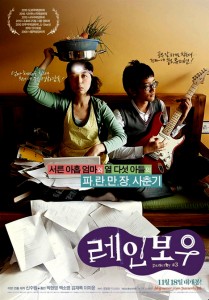


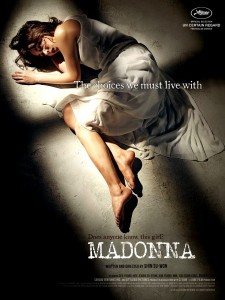
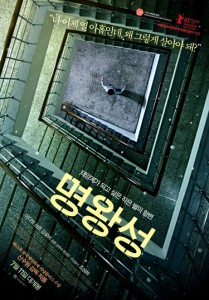
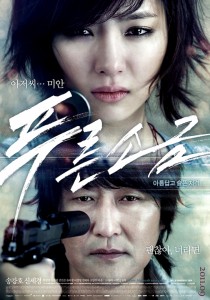
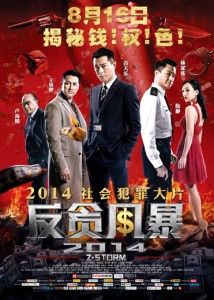
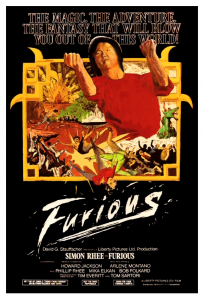
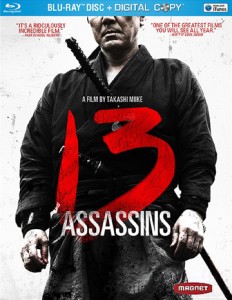
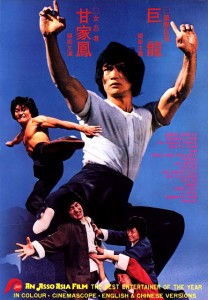
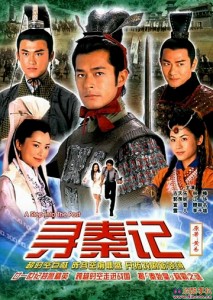
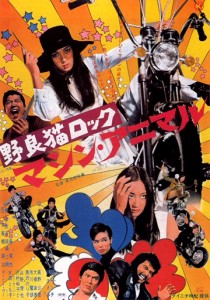
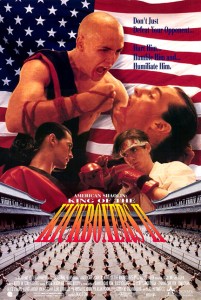
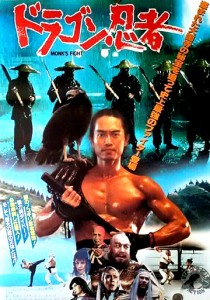
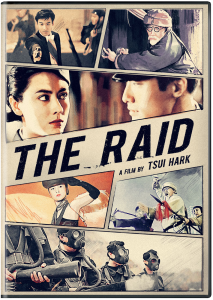
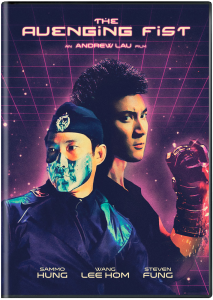
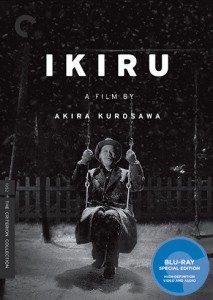
 In many ways 2003 could be considered as the pivotal year for the Korean film industry. With the advent of the DVD format, Korean movies had already begun filtering through to the western market, with titles such as
In many ways 2003 could be considered as the pivotal year for the Korean film industry. With the advent of the DVD format, Korean movies had already begun filtering through to the western market, with titles such as 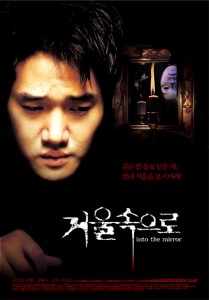


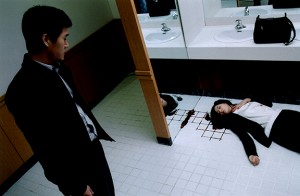
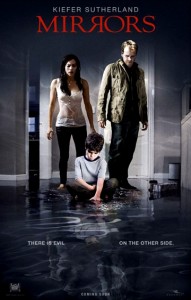

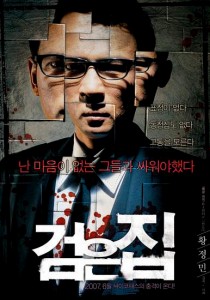
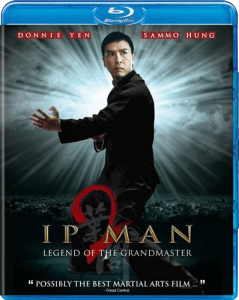


Be the 1st to Comment